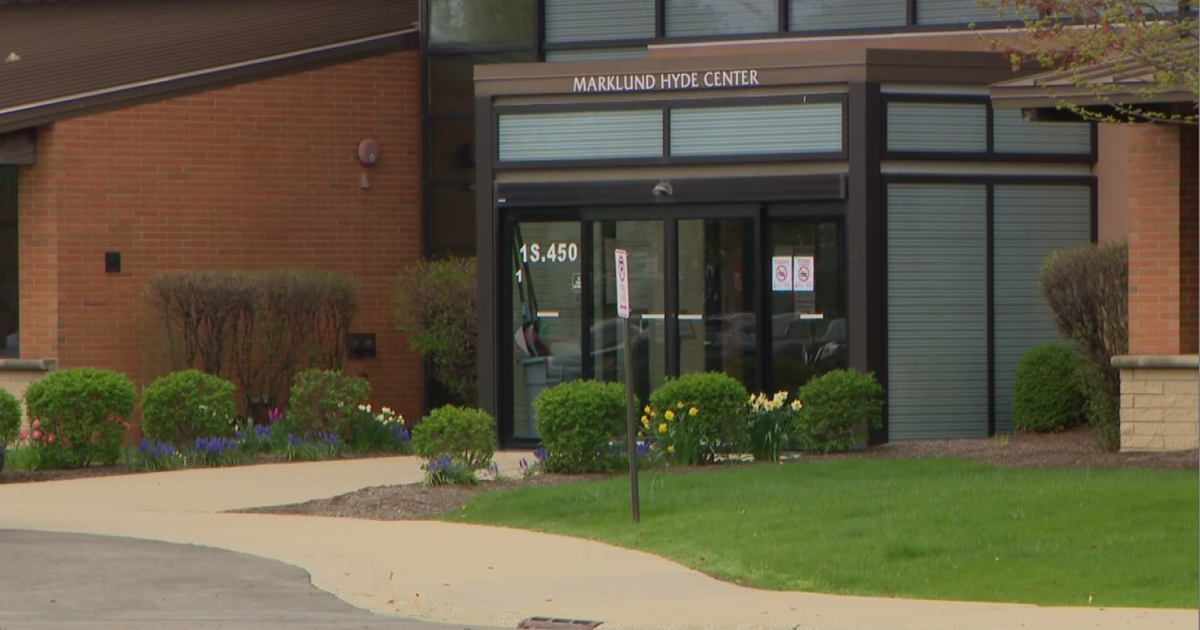Route 66 Added To List of America's Most Endangered Places
CHICAGO (CBS)--Route 66 perfectly encapsulates America's love affair with the romanticism of the open road, but the historic highway is disappearing from the American landscape.
For the first time, this year Route 66 appeared on the National Trust for Historic Preservation's (NTHP) list of "America's Most Endangered Places."
The annual list issued by the nonprofit organization highlights historic places around the country at risk for extinction.
Almost 300 places have been on the list over its 31-year history, and in that time, fewer than five percent of the listed sites have been lost, the NTHP says.
Among the cultural and architectural landmarks spotlighted on the 2018 list, Route 66 is the most iconic and well-known of all.
The 2,300 miles of pavement opened in 1938 and was the first east-west highway system that connected America's rural areas from Chicago to Los Angeles. For many, Route 66 symbolized unprecedented freedom to travel across the American West.
Historically known as "America's Super-Highway," modern-day Route 66 has lost a lot of the luster it had in its post-WWII heyday—back when the highway symbolized a new economic start for the U.S.
Route 66 has fallen into disrepair over the years due to a combination of neglect and commercial development, and it was decommissioned in 1985.
Congress has taken steps to designate it as a National Historic Trail, but legislation must be passed by the U.S. Senate and signed by the president before the end of 2018 to implement protections that fall under the historic designation, according to the NTHP.
The diverse mix of other historic places throughout America includes the five "Walkout Schools" of East Los Angeles where the 1960's Chicano Civil Rights Movement played out; South Carolina's Ashley River Historic District and structures tied to the civil war—including the Isaiah T. Montgomery House in Mound Bayou, Miss. and the Mary and Eliza Freeman Houses in Bridgeport, Conn.





